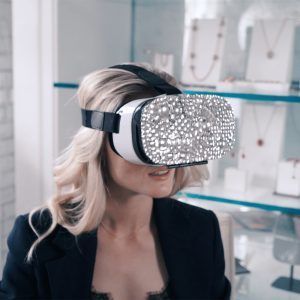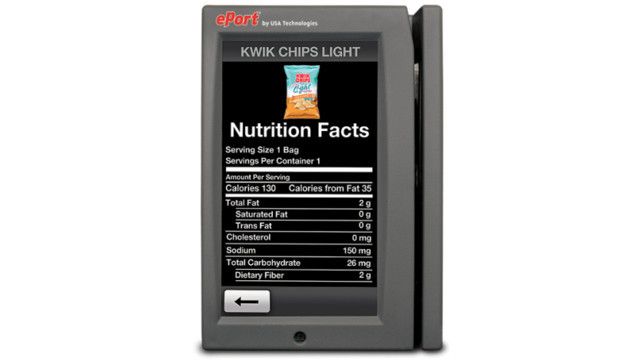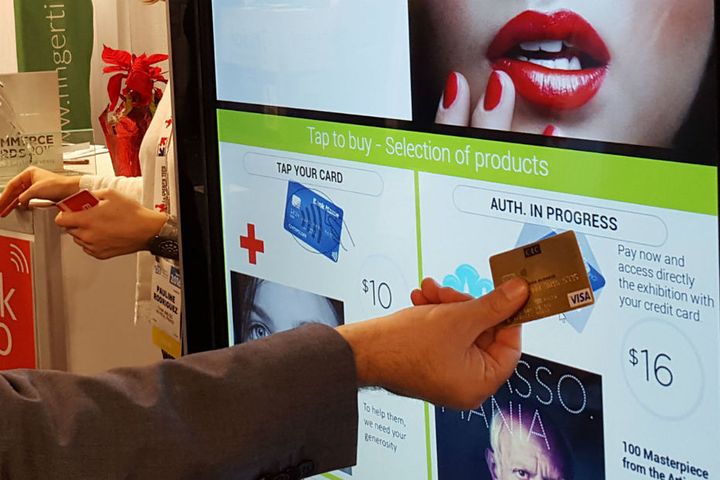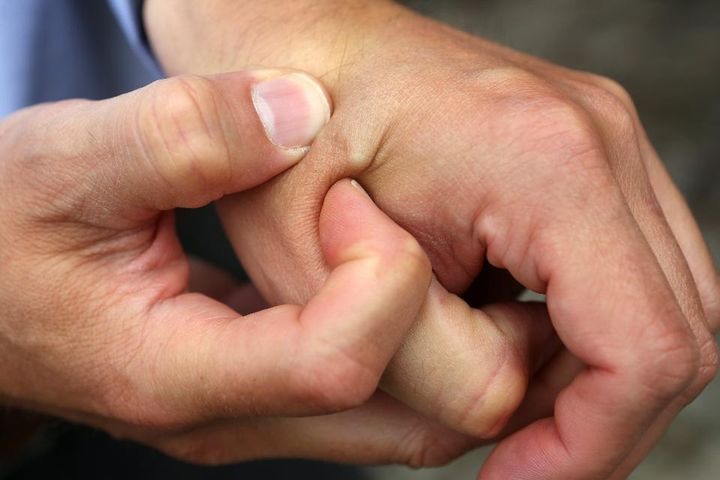Today, the Internet of Things is pretty good at telling you how many steps you took or how to optimize your thermostat. It senses things and reports. Tomorrow, the Internet of Things becomes your wallet of things.
As the Internet of Things morphs into the Internet of Payment Things, it paints a wild future. Now that Garmin and Fitbit both have payment-enabled fitness trackers, you can use them to purchase a coffee at the end of a run or buy a bottle of Advil at the drugstore. But, the possibilities are endless. I’m expecting them to start billing me when I don’t walk enough steps. Or I’ll just leave my fridge poised to replenish my groceries. And for all I know, the dentist might start charging me for not flossing.
Turning Shopping Into Magic
Why are inanimate things that can make payments such a compelling idea? For the consumer, they’re creating new experiences – personalized experiences based on who and where you are. See something you like while browsing a VR store from your own couch? Just click on your headset to purchase. Pay at a self-attended kiosk that recognizes you and it may serve up some game or loyalty points with your snack. Check out of a store without ever standing on the checkout line with a smart shopping basket. Buy things with a tap of your NFC powered ring or wave of your watch? This is more than just shopping -- it’s a bit of magic.
For retailers, Internet of Payment Things ( IoPT) experiences can require a lot less store labor, and a lot smaller store footprint. Unattended sales in supermarkets, kiosks and parking lots eliminate labor and footprint. The experiences they can provide are part of a brick and mortar comeback.
For the security concerned, the IoPT devices will spot a fraud or show you a purchase you didn’t make, almost in real time. No more waiting for end of month statements to know you’ve got a problem. And the biometrics built into many of these systems will both personalize and secure the transaction using new techniques from selfie to voice, fingerprint, palm, retina and other solutions to make certain you are who say you are.
Money2020’s Internet of Payment Things
At this year’s Money2020 in Las Vegas, I got to curate a panel showcasing a handful of new “things” that can make a payment. Kiki Del Valle of MasterCard showed the company’s early commitment to IoPT. They’ve experimented with all sorts of payment devices, from rings to Swarovski studded VR glasses. Their virtual store experience that uses your biometric identity to make a purchase is compelling.

Cognizant of the “pain points” in mobile shopping, MasterCard also showcased a new toolset to help consumers keep track of all those online stores they’ve given their digital information to, allowing them to track mobile payments with one easy-to-use dashboard.
Maeve McKenna Duska of USA Technologies showed the future of smart kiosks, vending machines and other unattended retail environments. Not only are you buying something from a machine that will take an NFC payment, it can provide updated offers, loyalty, games, rewards and more. Plus, inventory management becomes significantly more automated.

At Ingenico, Suzan Denoncourt demonstrated the company’s Connected Screen display technology, which enables consumers to make purchases directly from the screen by tapping on an ad or display with their contactless EMV card, mobile wallet or any NFC enabled payment device. Because the payments are built right into the screen, you can waltz through the mall buying to your heart’s content without needing to fumble for coupons or consult with a store associate. Amazingly, these purchases apply the same level of sophisticated security that one would expect from a brick & mortar experience.

At Toyota Research Institute, Chris Ballinger believes that cars will be doing everything from paying for their own gas at the pump, to ordering food, to buying in-car entertainment or booking hotels. He demonstrated the company’s proof of concept of a car-sharing application based on blockchain technology. Whether you’re hoping to catch a ride, share a car, have a package delivered or find a parking spot, the blockchain records in transaction as a link.
But I’m not too jaded to know the future when I see it. Patrick McMullen, COO of Three Square Market, had an audience of jaw-droppers when he showed the ultimate payment system, his own body. Patrick, along with 70 other Three Square employees, has been chipped. RFID chips have been embedded under their wrists using a small needle. The chips allow access to the office’s front doors or their secure computer files. They can place a call, too. Today, they can make a payment at the company cafeteria. Tomorrow, who knows? You could be paying with a flick of your embedded-chip wrist.

Today, most Internet Payment-enabled devices involve a transaction that you initiate. Tomorrow, they could be happily paying each other for services rendered. Our panelists at Money2020 gave an exciting glimpse of a future where payments will be an adventure, indeed.
